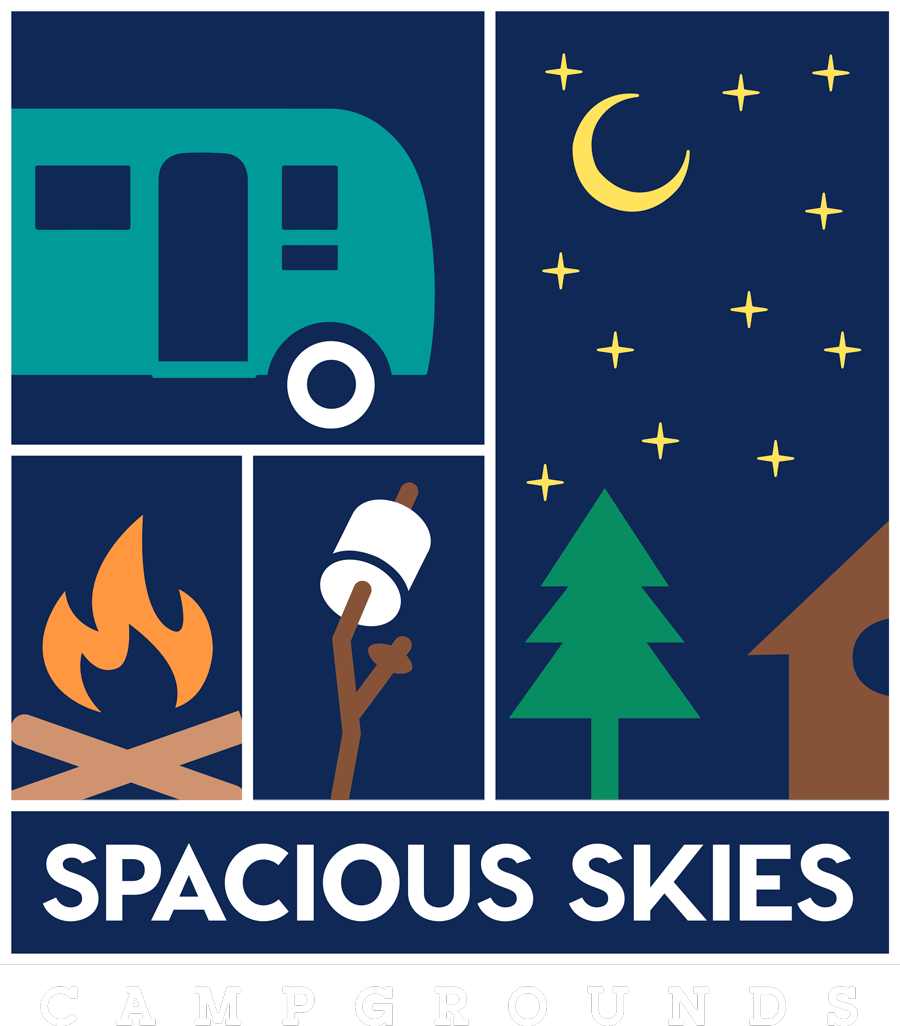What if a former military base could become a thriving wildlife sanctuary? At the Oxbow National Wildlife Refuge in Littleton, Massachusetts, this transformation is not just a possibility—it’s a reality. From ancient indigenous lands to a haven for endangered species, Oxbow’s journey spans thousands of years and showcases the power of conservation.
Key Takeaways
– The Oxbow National Wildlife Refuge was originally home to the Nipmuc people, who lived in harmony with nature and used the land’s resources wisely.
– European settlers arrived in 1686, transforming the land with farms and mills, and later, it became part of Camp Devens during World War I.
– In 1974, the land was turned into a wildlife refuge, shifting from military use to protecting nature and restoring habitats.
– The refuge has successfully supported wildlife, including American woodcocks and Blanding’s turtles, showing effective conservation efforts.
– The Bill Ashe Visitor Facility offers educational programs and activities that connect the community with nature and inspire conservation.
– The refuge faces challenges like climate change and invasive species but remains hopeful, using its history to guide future conservation efforts.
Ancient Roots: The Nipmuc Legacy
Long before European settlers arrived, the Oxbow National Wildlife Refuge was home to the Nipmuc people. These native inhabitants lived in harmony with the land for thousands of years. The U.S. Fish and Wildlife Service recognizes the Nipmuc’s deep connection to this area.
The Nipmuc people used the land’s resources wisely. They fished in the Nashua River and hunted in the forests. This river, which still flows through the refuge today, was central to their way of life. The Nipmuc’s respect for nature laid the groundwork for the area’s future as a wildlife haven.
Colonial Era: From Farms to Fort
In 1686, European settlers arrived in what would become Littleton. They started farms and built mills, changing the landscape. Today, visitors to the area can experience a blend of history and nature, with options like Spacious Skies Minute Man Campground offering a peaceful retreat in the piney forests near these historic sites.
The peaceful farmlands took on a new role during World War I. In 1917, the U.S. government set up Camp Devens, later called Fort Devens. This military base included parts of what is now the wildlife refuge. While the fort changed the land, it also kept large areas free from development.
Birth of the Wildlife Refuge
A big change came in 1974. The U.S. government gave part of the old military land to the U.S. Fish and Wildlife Service. This move created the Oxbow National Wildlife Refuge. It marked a shift from military use to wildlife protection.
The early days of the refuge were tough. Workers had to clean up and restore land that had been used by the military for decades. They focused on bringing back natural habitats. The Oxbow National Wildlife Refuge began its journey to become a safe place for many kinds of animals.
Oxbow’s Wildlife Success Stories
As the refuge grew, so did its efforts to help wildlife. One success story is the American woodcock. This bird, known for its funny mating dance, now thrives in the refuge. Workers manage the woods to create perfect homes for these birds.
Another big win is the protection of Blanding’s turtles. These rare turtles found a safe home in the refuge’s wetlands. Thanks to careful work by refuge staff, Oxbow now has the largest known group of Blanding’s turtles in the Northeast. This shows how much the refuge cares about saving endangered species.
Connecting with the Community
The Oxbow National Wildlife Refuge does more than protect animals. It also teaches people about nature. The Bill Ashe Visitor Facility is a place where people can learn and explore. This center offers fun programs that help visitors understand and love wildlife.
The refuge also gives people chances to help with conservation. Visitors can join guided walks, watch wildlife, and even help restore habitats. These hands-on activities have inspired many people to care about nature. They’ve created a new group of nature lovers who want to protect Littleton’s wild spaces.
Looking to the Future
The Oxbow National Wildlife Refuge faces new challenges. Climate change, invasive species, and nearby cities all pose threats. But the refuge’s past successes give hope for the future. The story of the Blanding’s turtles shows that hard work can make a big difference.
The refuge aims to balance its history with new environmental needs. It continues to study its past, using resources like the Houghton Historical Room at the Littleton Public Library. At the same time, it looks for new ways to protect wildlife. The Oxbow National Wildlife Refuge stands as a symbol of how people and nature can work together. It invites everyone to visit, learn, and be part of its ongoing story of renewal and hope. For those looking to immerse themselves in this natural beauty, consider staying at Spacious Skies Minute Man Campground, offering a perfect base to explore the refuge and surrounding historic areas.
Frequently Asked Questions
Q: Who originally lived in the Oxbow area?
A: The Nipmuc people originally lived in the Oxbow area for thousands of years.
Q: What was the land used for during the Colonial Era?
A: During the Colonial Era, the land was used for farming and later became part of a military base called Fort Devens.
Q: When did Oxbow become a wildlife refuge?
A: Oxbow became a wildlife refuge in 1974 when the U.S. government gave the land to the U.S. Fish and Wildlife Service.
Q: What are some wildlife success stories at Oxbow?
A: Some wildlife success stories at Oxbow include the thriving American woodcock and the protection of Blanding’s turtles.
Q: How does Oxbow connect with the community?
A: Oxbow connects with the community through the Bill Ashe Visitor Facility, offering programs, guided walks, and conservation activities.
Q: What challenges does the Oxbow Refuge face today?
A: The Oxbow Refuge faces challenges like climate change, invasive species, and nearby city developments.
